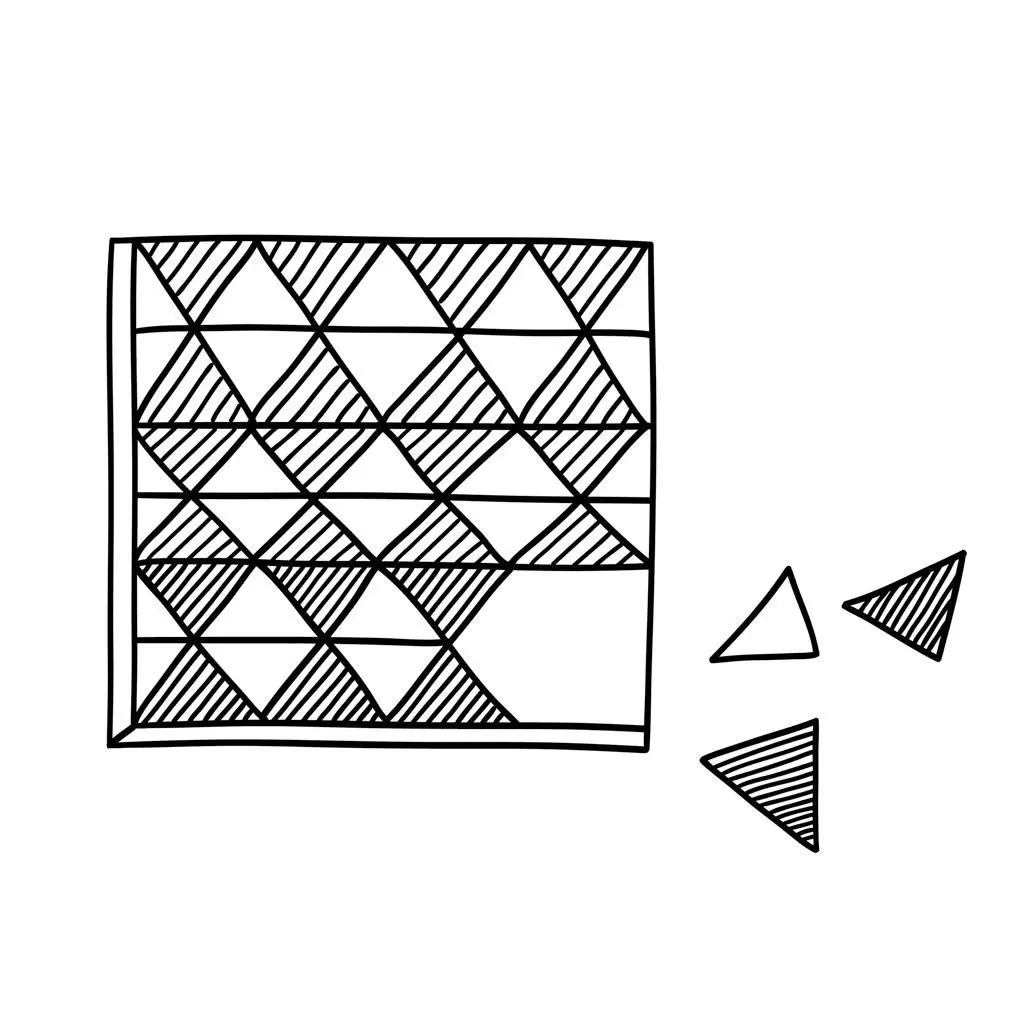When faced with familiar situations, we don’t have to think too hard. We have a mental map, a schema, for how a ball will drop because of hours spent testing this out as children. And we instinctively recoil from spiders. Our ancestors learnt to do that to survive.
But what about those situations where we have to override our instincts or tackle something new? We can’t rely on past experiences. We have to resist the quick response and stop to work things through in our minds.
We need to use our executive functions.
No, these aren’t something you do in an office. They’re a set of capabilities that allow us to plan, to set goals, to resist temptation and to stay on task.
How does all this apply to early childhood?
What are Executive Functions?
Executive functions are mental processes that help us plan, focus, remember instructions, and juggle multiple tasks successfully. For your budding learner, these functions are like the command centre of the brain, helping in controlling behaviour, thoughts, and emotions. There are three core executive functions:
Why are executive functions important?
Working Memory
Keeping information in mind and manipulating it. Learn actions to nursery rhymes. This even works for babies, who can’t sing the words or perform the actions but are able to anticipate the exciting part. For example, the tickle at the end of ‘This little piggy went to market’
Cognitive Flexibility
Switching between tasks or thinking about something in different ways. Play a familiar game but change the rules. Sing heads, shoulders, knees and toes, but touch the opposite body part, so toes for head, knees for shoulders and head for toes.
Inhibitory Control
Controlling impulses and thinking before acting. We can learn to take turns and regulate our impulses by playing games with others. Think board games and sport.
Why are executive functions important?
Self-regulation
Children need to manage their emotions and behaviour, especially in a learning environment. Executive functions help in focusing attention, following rules, and interacting positively with others.
Problem-solving
Your child’s ability to think through issues and find solutions is enhanced by working memory and cognitive flexibility. This is fundamental for developing skills in mathematics and scientific reasoning.
Getting on with others
When playing with others, executive functions help children learn to share, take turns, and understand different perspectives.
Getting ready for school
Learning to read, write, and understand numbers requires focus, memory, and the ability to manipulate information, which are all linked to executive functions.
Sparking Creativity
Executive functions, particularly cognitive flexibility, are central to imaginative play, as children invent scenarios and think abstractly.
Toys and Activities to Boost Executive Functions
- Puzzles: Puzzles are fantastic for working memory. Your child will have to remember shapes and patterns to fit the pieces in the right place.
- Memory Games: Play simple memory games, like matching pairs of cards, to boost your child’s working memory.
- Simon Says: A classic game of Simon Says can be excellent for practising inhibitory control. Your child has to listen and respond accordingly, controlling their impulses.
- Role-Playing: Encourage your child to engage in role-playing games. Playing ‘house’, ‘school’, or ‘shop’ helps develop cognitive flexibility.
- Block Building: Building with blocks not only engages their creativity but also requires planning, which is an essential executive function.
- Sorting Games: Give your child different shaped and coloured objects to sort. This encourages them to think critically and make decisions based on rules.
- The Home Corner: Using a play kitchen can help children practice all the executive functions as they remember recipes, control impulses, and switch between different tasks like cooking and serving.
Final word
Understanding and supporting the development of executive functions in your child can have a lasting impact on their learning and overall development. By incorporating the toys and activities mentioned above, you can create an enriching environment for her to thrive.
Despite the difficult terminology, it’s not complicated: play a few games, and occasionally change the rules for added fun. That’s it.





